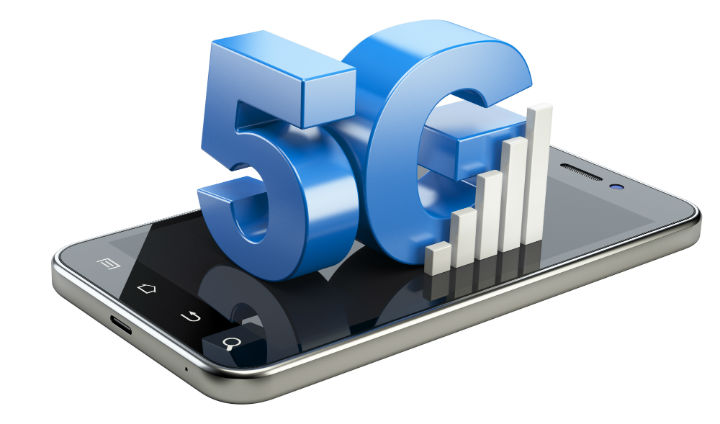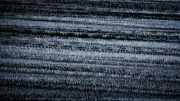By now we’ve all heard about how 5G will use “millimeter wave” radios. Not at first, but eventually. But will those radios interfere with satellite transmissions? The question’s not as weird as you might think. Let’s dig deep
What is “millimeter wave?”
Millimeter wave is the new buzzword in cellular. Cell phones have been with us about 25 years and during that time they’ve used two frequency ranges: 700-800MHz and 1800-2100MHz. Each cell provider has its own chunk within that range and none of them interfere with each other.
Recently, a new bit of cellular spectrum was added in the 600MHz range. These frequencies were used by TV broadcasting and were re-allocated so people could get better data speeds. You’ll start seeing phones that use these frequencies in the next year or so as major carriers begin to roll out true 5G service.
Even though the range from 600-2100 is pretty wide, the technologies used are pretty similar. These are all classified as UHF frequencies, with wavelengths from .5 meters to .15 meters. As the frequency goes up, the wavelength goes down. For those of us stuck in the USA and its obsession with non-metric measurements, we’re talking about roughly 18 inches to 6 inches.
When you go up to the “new radio” frequencies of 27.5-71GHz, the waves get smaller indeed. We’re talking ranges of 10 millimeters (about 1/2 inch) to 4 millimeters (about 1/8 inch.) Pulling in radio waves that small takes some very specific technology. Broadcasting them takes a lot of power, too.
It’s going to take a while before our cell carriers figure out how to have 5G “millimeter wave” radios that work without carrying a car battery around with you. They’ll get it, though.
Do these frequencies sound familiar?
Maybe you remember this article. In it, I described the “Ka band,” where DIRECTV’s high-definition and 4K programs are broadcast. Ka-band is the range from 26.5-40GHz, and that’s the range we’re talking about here, right?
So should we be worried that our new 5G cell phones will interfere with our beloved satellite TV? Good news, we don’t have to be worried at all. Why? Because we need to be more careful with how we define things.
When I say cell phones will use 27.5-71GHz, and DIRECTV uses 26.5-40GHz, I’m not really saying that either service will use all the frequencies in that range. Here’s what frequencies each service actually uses, from FCC filings:
DIRECTV Satellite
18.3-18.8 GHz (space-to-Earth)
19.7-20.2 GHz (space-to-Earth)
28.35-28.6 GHz (Earth-to-space)
29.25-30.0 GHz (Earth-to-space)
5G “millimeter wave”
27.5 – 28.35 GHz
37 – 40 GHz
64 – 71 GHz
When you look at it that way, you see that there’s no overlap at all. Both services have their own massive amounts of space on the electromagnetic spectrum, and neither interferes.
Because, of course that’s how it works.
The whole purpose of the FCC, at least one of them, is to make sure that different broadcasters use frequencies that don’t overlap. Say what you will about the government, but in this case there’s no doubt that it works. There’s absolutely zero overlap between 5G and DIRECTV
Except… AT&T’s expertise in broadcasting at those high frequencies for television will definitely come in handy and give them the edge when it comes to 5G. Count on it.





